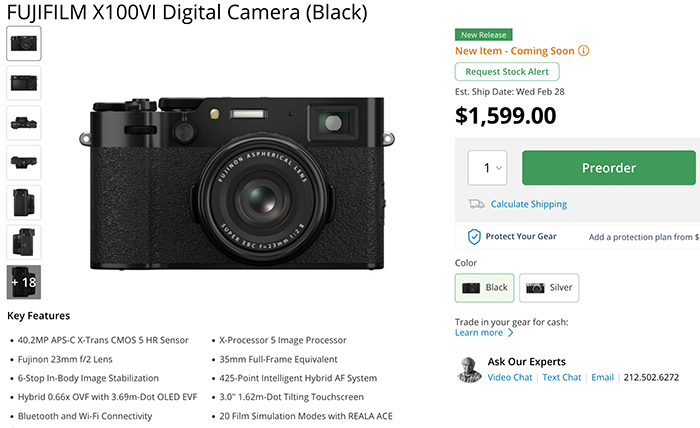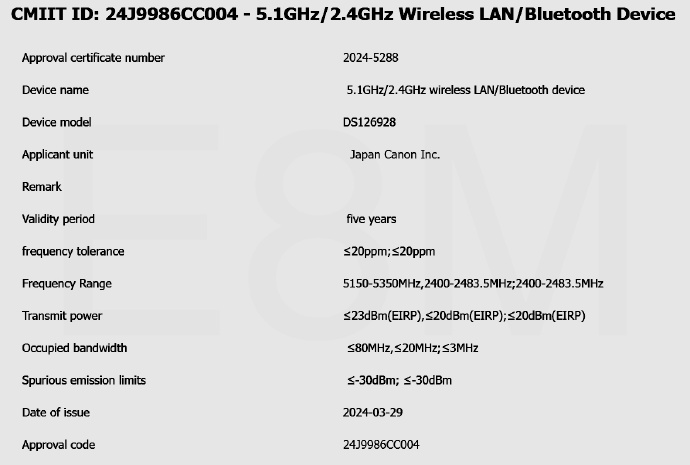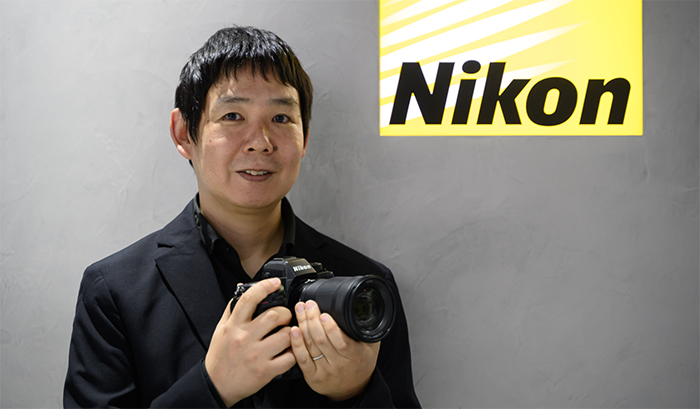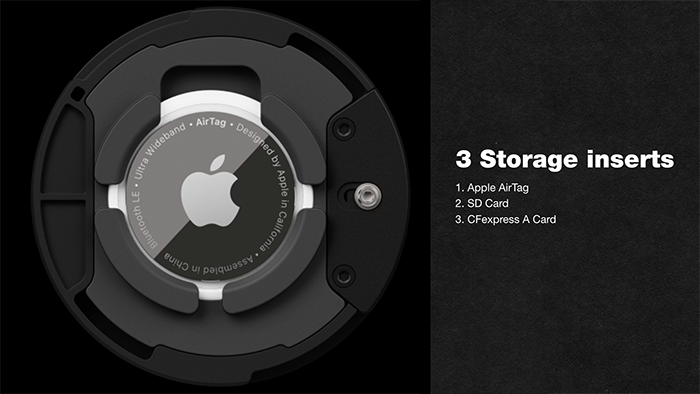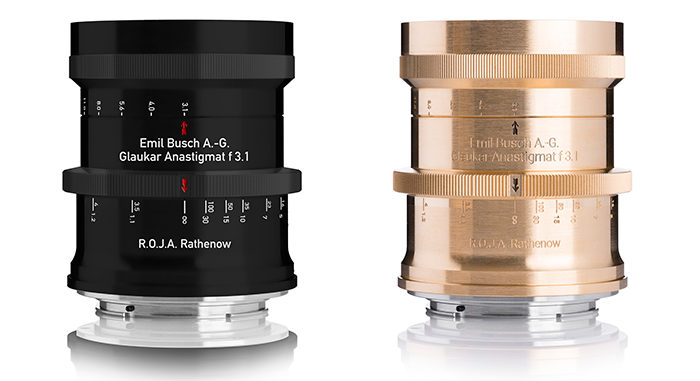The Legendary Emil Busch Glaukar 3.1 Lens – Now on Indiegogo
The Emil Busch Glaukar 3.1 Lens is now on Indiegogo.
The Legendary Emil Busch Glaukar 3.1 Lens – Now on Indiegogo
After successfully funding the reinvented 1910 Emil Busch Glaukar 3.1 Anastigmat Lens on Kickstarter, the two renowned German photographers Benedikt Ernst and Firat Bagdu are ready to start production and are bringing the lens onto Indiegogo giving those photographers who missed the previous crowdfunding campaign a second chance.
Now that the production is planned and is beginning to start with a “0 series,” the pair decided to make the masterpiece in portrait photography available to anybody who didn’t hear about the lens in the first run. Like on Kickstarter, the lens will be available in a classic bronze colored version as wall as in a classy Titanium look. Additionally, add-Ons such as a sun shade or creative filter set consisting of five different effect filters will enrich every photographers’ portrait photography. The two founders point out that both sun shade and filter set will be available as well for their previous Kickstarter backers since the items were not included in their former campaign.
The original Emil Busch Glaukar 3.1 is a more than 100 years old lens and at that time was introduced as one of the most important lenses in portrait photography. Stunned by the beauty of pictures from 1910, the two photographers Benedikt Ernst (fashion) and Firat Bagdu (portrait/wedding) have reinvented this classic as a modern portrait lens. The pair has partnered with well-known optical engineer Dr. Wolf-Dieter Prenzel for the optical construction. Production will mostly take place in Wetzlar, Germany, to ensure the highest quality of materials and manufacture. The Emil Busch Glaukar 3.1 will be in supporters’ hands already in June 2018.
The new Glaukar 3.1 will have the same brass appearance and silhouette as the original but will be constructed from high-end aluminum with a brass-like oxidation, which ensures the durability and mechanical precision of a modern lens. But while the new lens will look very much like the classic, the inside has been redesigned by Dr. Prenzel, completely from scratch to work with today’s high-tech gear.
Due to its specially coated lenses the new Glaukar produces a fascinating mixture of sharpness, strong colors and, along with 12 aperture blades, wonderful bokeh effects.
Ernst and Bagdu, whose clients have included some of the world’s most renowned companies such as Rolls Royce, Redken, Chopard, to name a few, knew what qualities they wanted in a lens – it was just a matter of getting a lens designer to translate their concept into a serial production. In fact, it was the success of one of their clients, German lens maker Meyer Optik Görlitz, that inspired them to start their own project. Meyer Optik has even put the pair together with key German camera contacts in Wetzlar, Germany, to help support the founders.
Manufacturing will be done to a large extent by Uwe Weller Feinwerktechnik in Wetzlar. Schott and O’Hara glass will be used in the lens. The partnership with Uwe Weller GmbH will ensure that the high-precision elements of the lens will be produced precisely to Prenzel’s design. Uwe Weller is the result of the merger of several firms, including the mechanical divisions of Leica Camera and Zeiss-Hensoldt.
The exclusive use of Schott and Ohara glass ensures that the goal of creating the perfect portrait lens is put into practice exactly intended.
Part of their inspiration came from the legendary Glaukar 3.1 that pioneer German lens maker Emil Busch introduced in 1910. The original Glaukar was a groundbreaking lens because it corrected for spherical aberration, coma and astigmatism – something that no other lens in daily use could do at the time. Not even Zeiss and its famed lens maker Paul Rudolph had been able to match the Glaukar since their designs required coatings not available at the time.
The modern Glaukar will come in all the major mounts.
